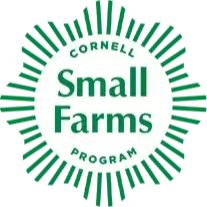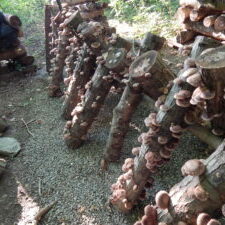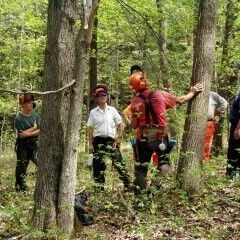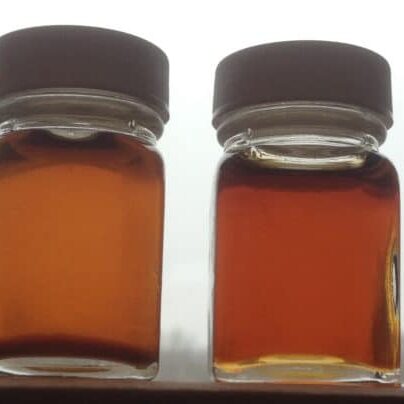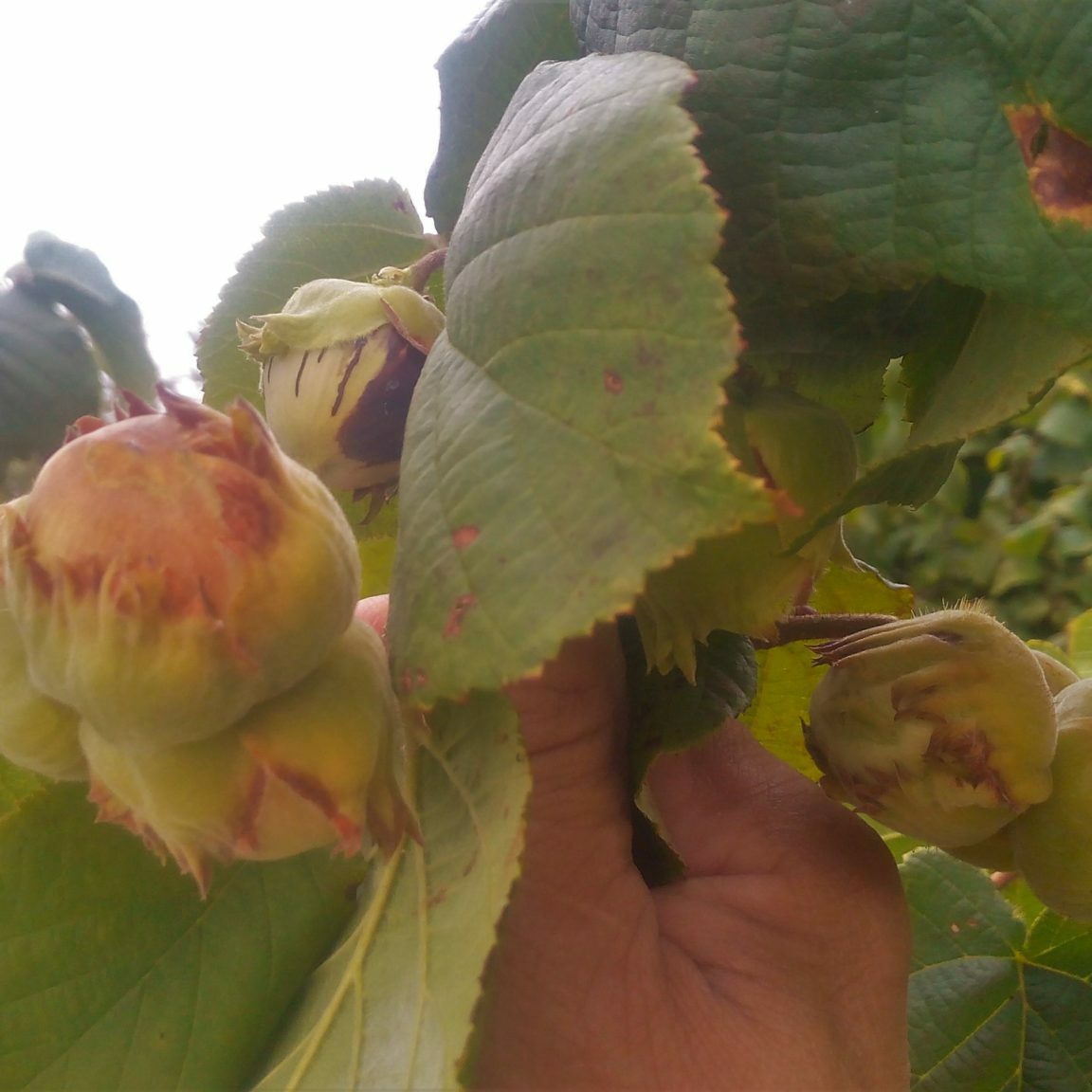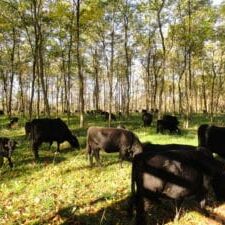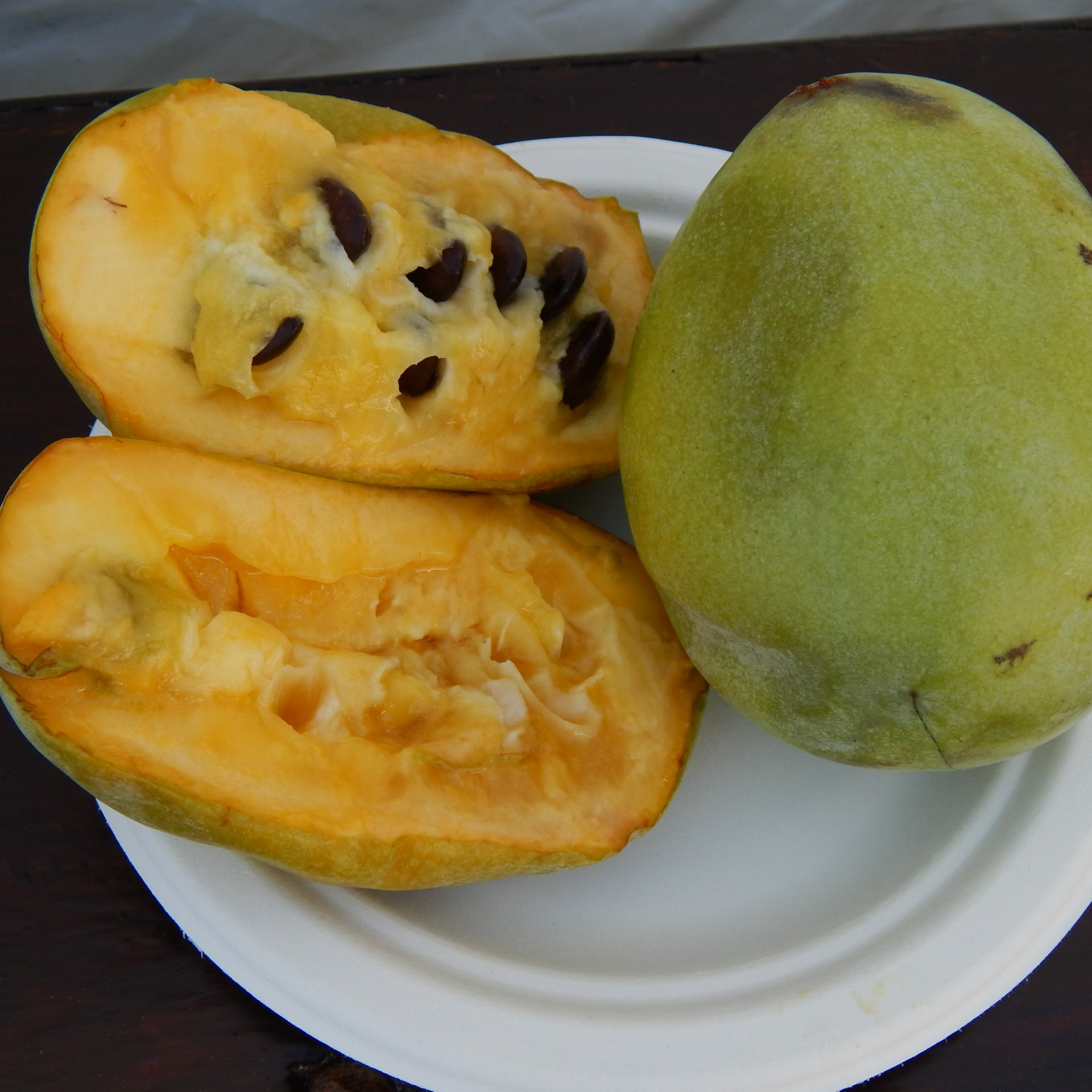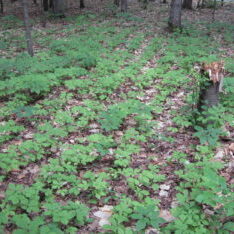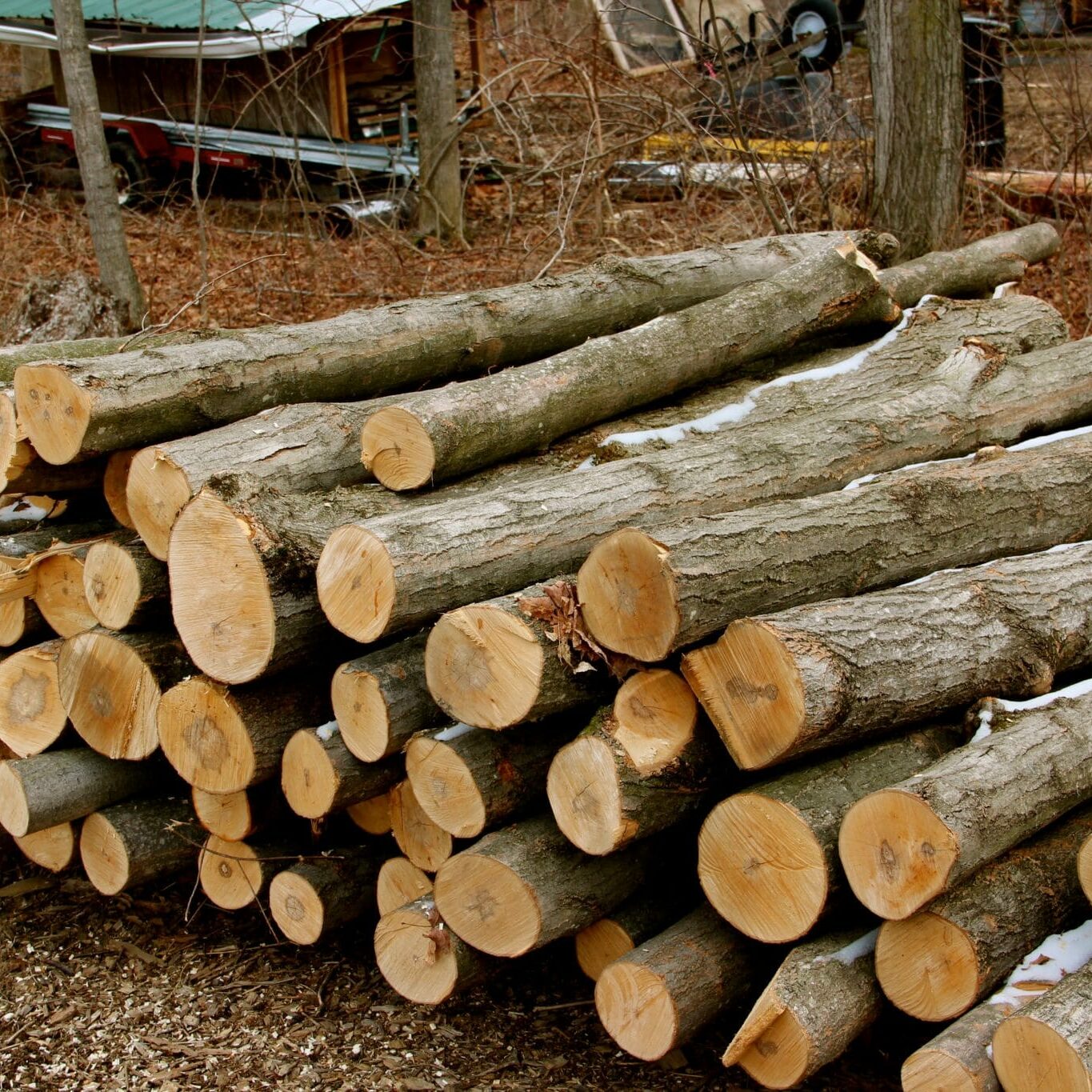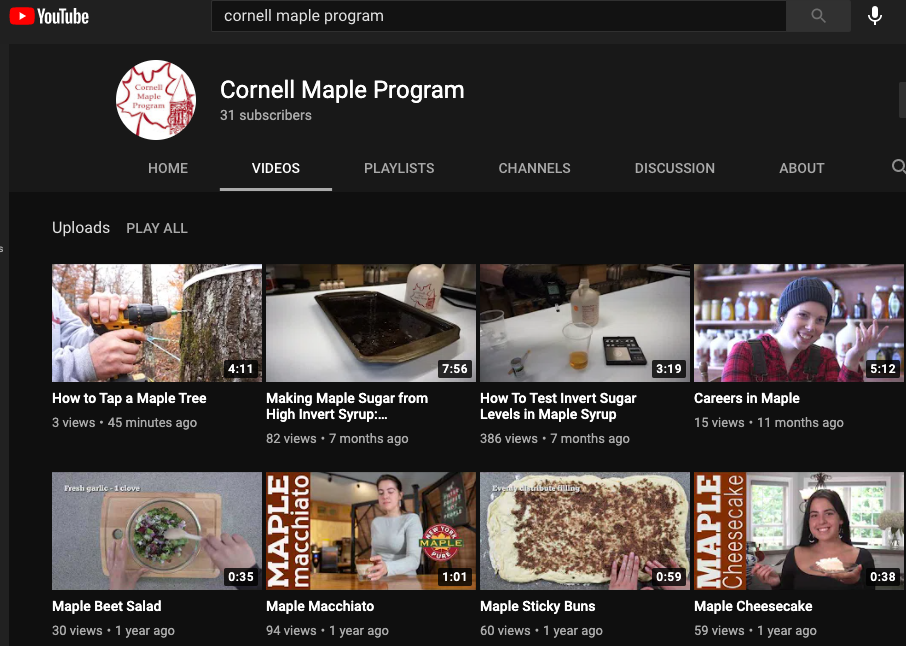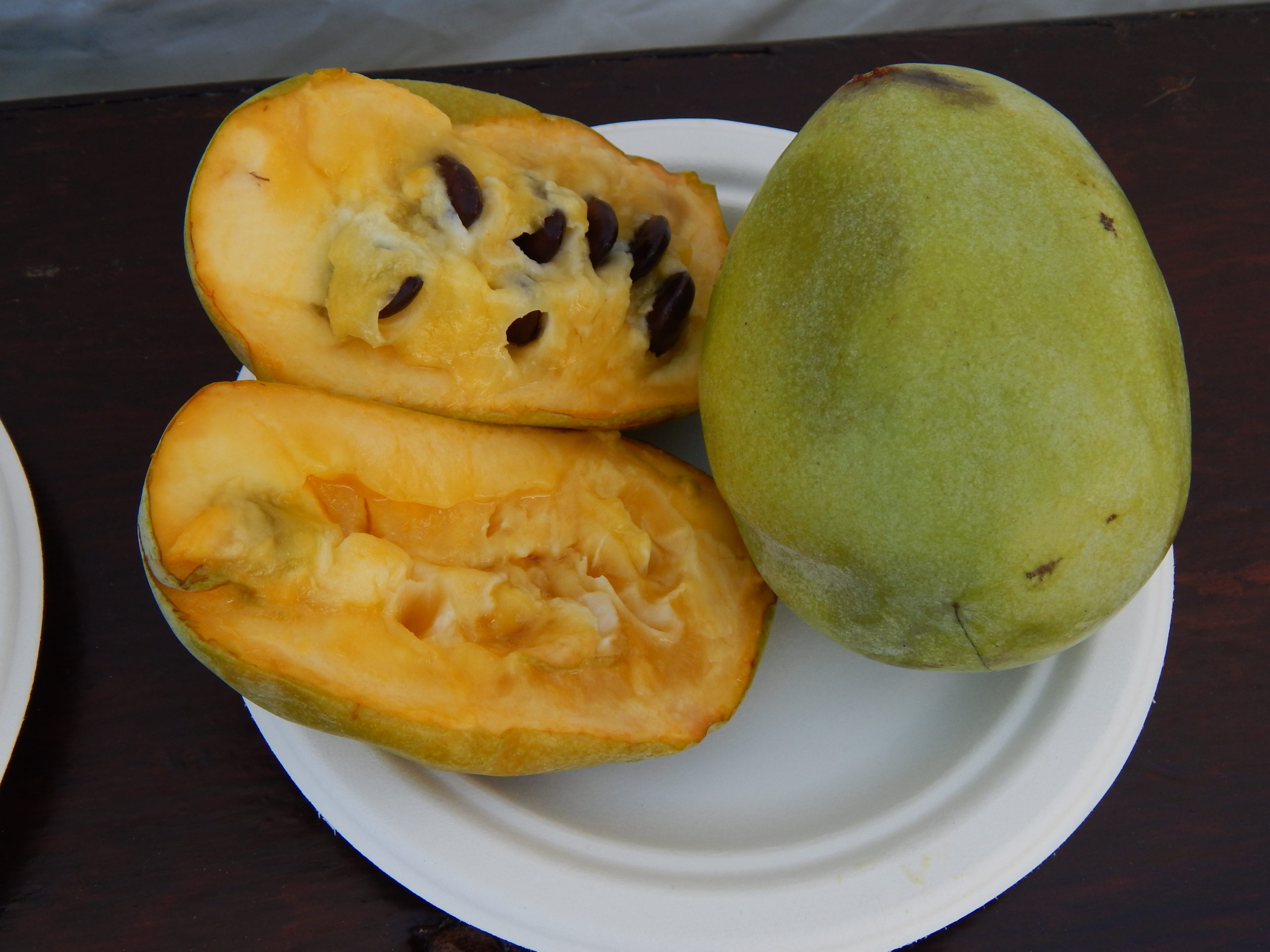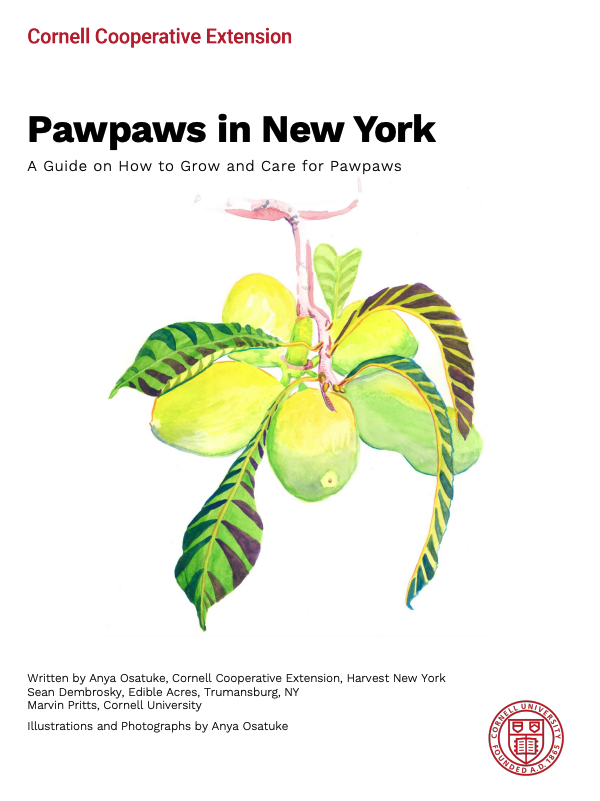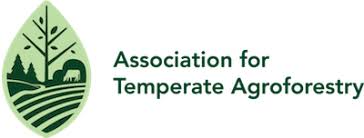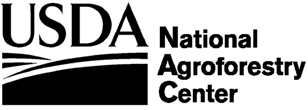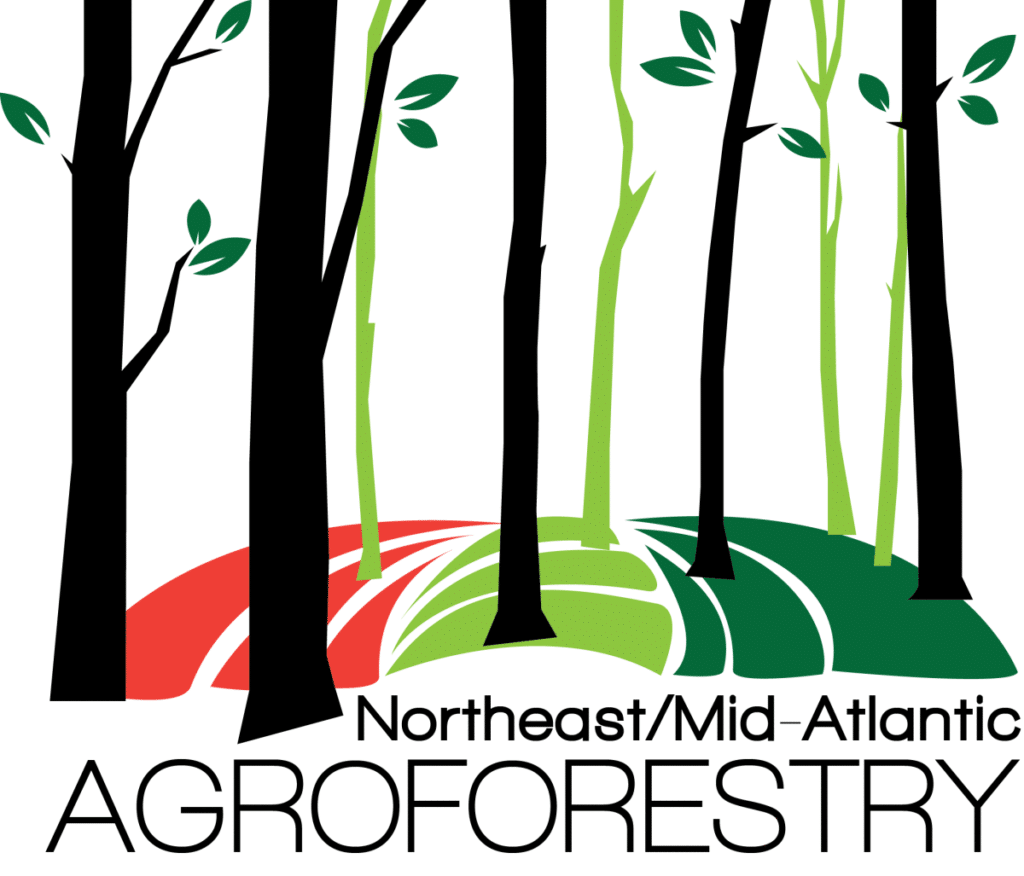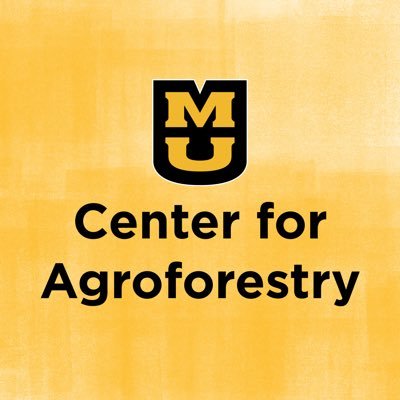Project Lead: Anu Rangarajan, Tracey Testo
Agroforestry @ Cornell
Agroforestry describes a wide range of practices that integrate trees, forests, and agricultural production. These systems can be adapted to almost any site and condition, though considerations like climate, slope, soil characteristics, and grower goals will ultimately determine the crops that are appropriate for a specific piece of land.
In response to increasing interest in agroforestry over the years, Cornell has created an extension program work team and a number of tools and resources to help woodlot owners start farming their forests. Each category below has videos, guides, and websites to help, along with the contact information of key individuals in the Cornell community you can reach out to get more information.
View this recent presentation from members of our Agroforestry Team:
Join our email list for periodic updates from the Agroforestry team!
"*" indicates required fields
2022 Webinar Series
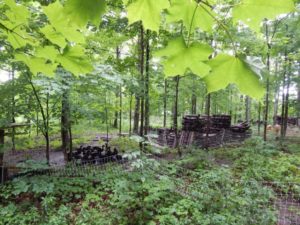
Check back for new webinars next year and enjoy the archives below.
Each webinar will be recorded and posted to t http://CornellAgroforestry.org as well as the program’s YouTube channel.
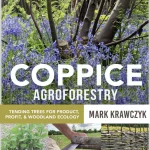
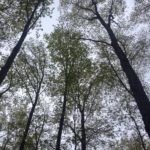
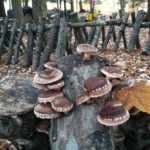
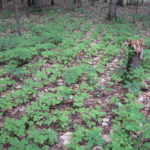
April 26: NRCS Assistance for Agroforestry in NY
June 28: Coppice Agroforestry Fundamentals
August 31: Haudenosaunee Agroforestry and Forest Relations
2021 webinars:
Sourcing Logs for Mushrooms - VIEW RECORDING
Silvopasture Systems in New York and Capturing Carbon - VIEW RECORDING
Growing Ginseng with Success - VIEW RECORDING
Nut Production in New York: Past, Present, Future - VIEW RECORDING
Maple Program Research Update - VIEW RECORDING
Link to the playlist of all previous Agroforestry webinar recordings
Agroforestry and Climate Change
As the climate continues to shift, agroforestry is increasingly seen as a critical solution for farms and forested landscapes both in adapting to changes as well as mitigating impacts that further negative effects on our climate. The USDA Forest Service has published a report: Agroforestry: Enhancing Resiliency in U.S. Agricultural Landscapes Under Changing Conditions based upon a national scientific assessment of agroforestry. With contributions from more than 50 experts from the United States, Canada, and Mexico, this report presents the first-ever synthesis on agroforestry as a mechanism for improving the resiliency of agricultural lands under climate change.
ACCESS THE FULL REPORT HERE: https://www.aftaweb.org/138-2018-vol-24/volume-24-no-2-august-2018/238-title-assessing-agroforestry-s-role-in-mitigating-and-adapting-to-climate-change.html
NORTHEAST REGIONAL SUMMARY: https://www.fs.usda.gov/treesearch/pubs/55738
Agroforestry is rooted in Indigenous Knowledge
While the word "agroforestry" was coined in the 1970s, many of the practices and knowledge has long been practiced around the world. While both indigenous and non-indigenous practitioners have developed agroforestry systems, often the focus is on more recent work and indigenous contributions are overlooked. Cultural sensitivity and recognition of these deep roots is important to understanding the long-term perspective needed to successfully implement agroforestry across landscapes. Some resources for further reading:
US Forest Service Agroforestry Notes: Indigenous Traditional Ecological Knowledge in Agroforestry
https://www.fs.usda.gov/nac/assets/documents/agroforestrynotes/an44g14.pdf
Some Ecological Aspects of Northeastern American Indian Agroforestry Practices
http://www.daviesand.com/Papers/Tree_Crops/Indian_Agroforestry/
Click on a button below to learn more on a specific topic we cover:
Woodland Mushrooms
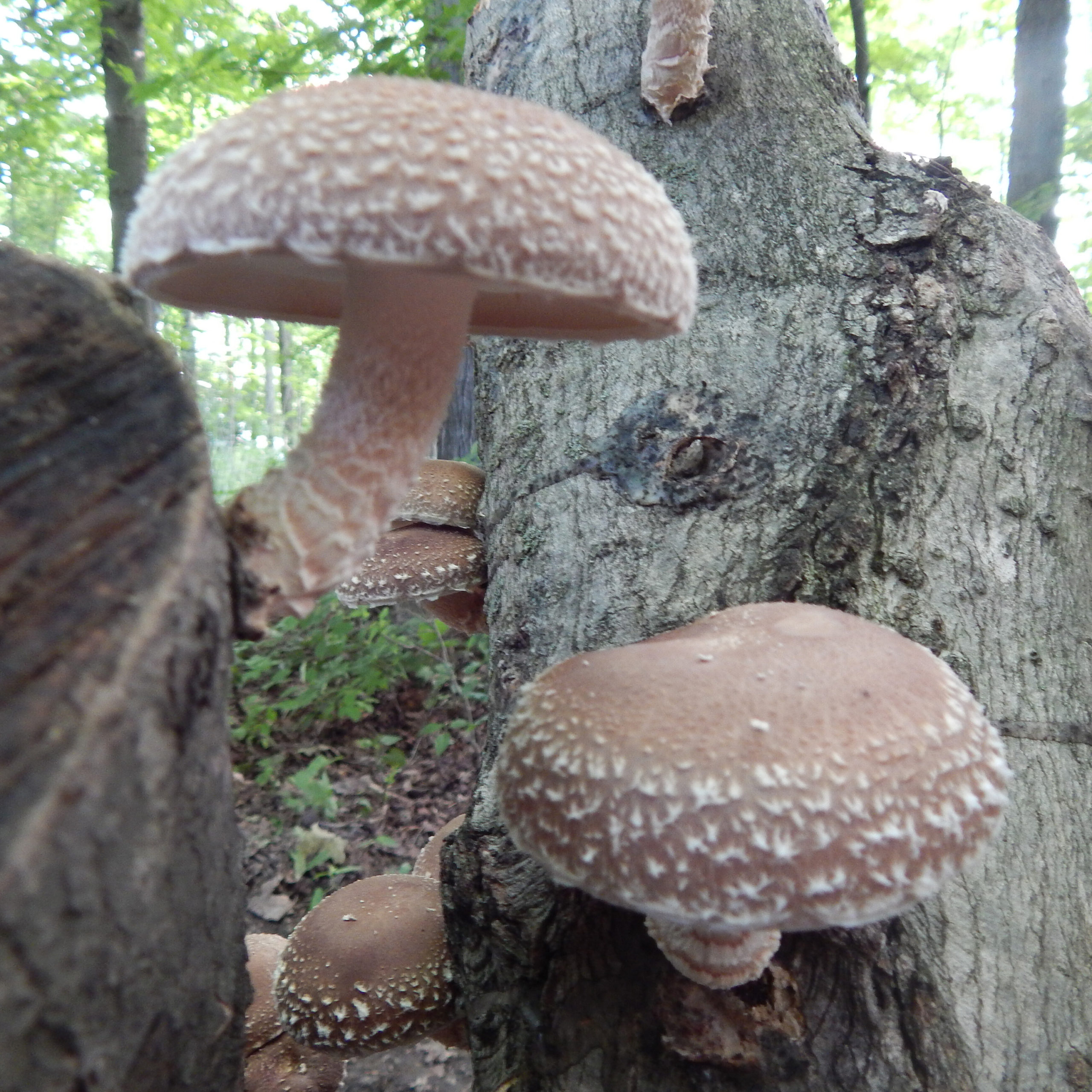
Woodland Mushrooms can be grown in many forest conditions. Cornell has been researching these practices since the early 2000s.
Common species produced include Shiitake, Oyster, Lions Mane, Stropharia, and Nameko. Our program is a nationwide leader in providing guidebooks, factsheets, and videos to help you get started.
Visit www.CornellMushrooms.org for factsheets and videos describing in detail how to grow and market forest mushrooms, and connect with other growers.
Key Contacts:
- Steve Gabriel. Extension Specialist, sfg53@cornell.edu
Maple Syrup
Globally, humans have tapped trees and enjoyed saps and syrups for centuries. While production in New York is heavily focused on maple Syrup production, new opportunities are growing for birch and walnut syrups and for sap beverages and other value-added products.
The Cornell Sugar Maple Program web site provides maple syrup production information for people with varied syrup knowledge, activities and information for students and teachers, and extension research project information.
Also check out SWEET TALK: All Things Maple, their new podcast!
https://podcasts.apple.com/us/podcast/sweet-talk-all-things-maple/id1546134868
Website
https://blogs.cornell.edu/cornellmaple
Key Contacts:
- Aaron Wightman, Extension Research, arw6@cornell.edu
- Adam Wild, Director of Uihlein Maple Center, adw94@cornell.edu
American Ginseng
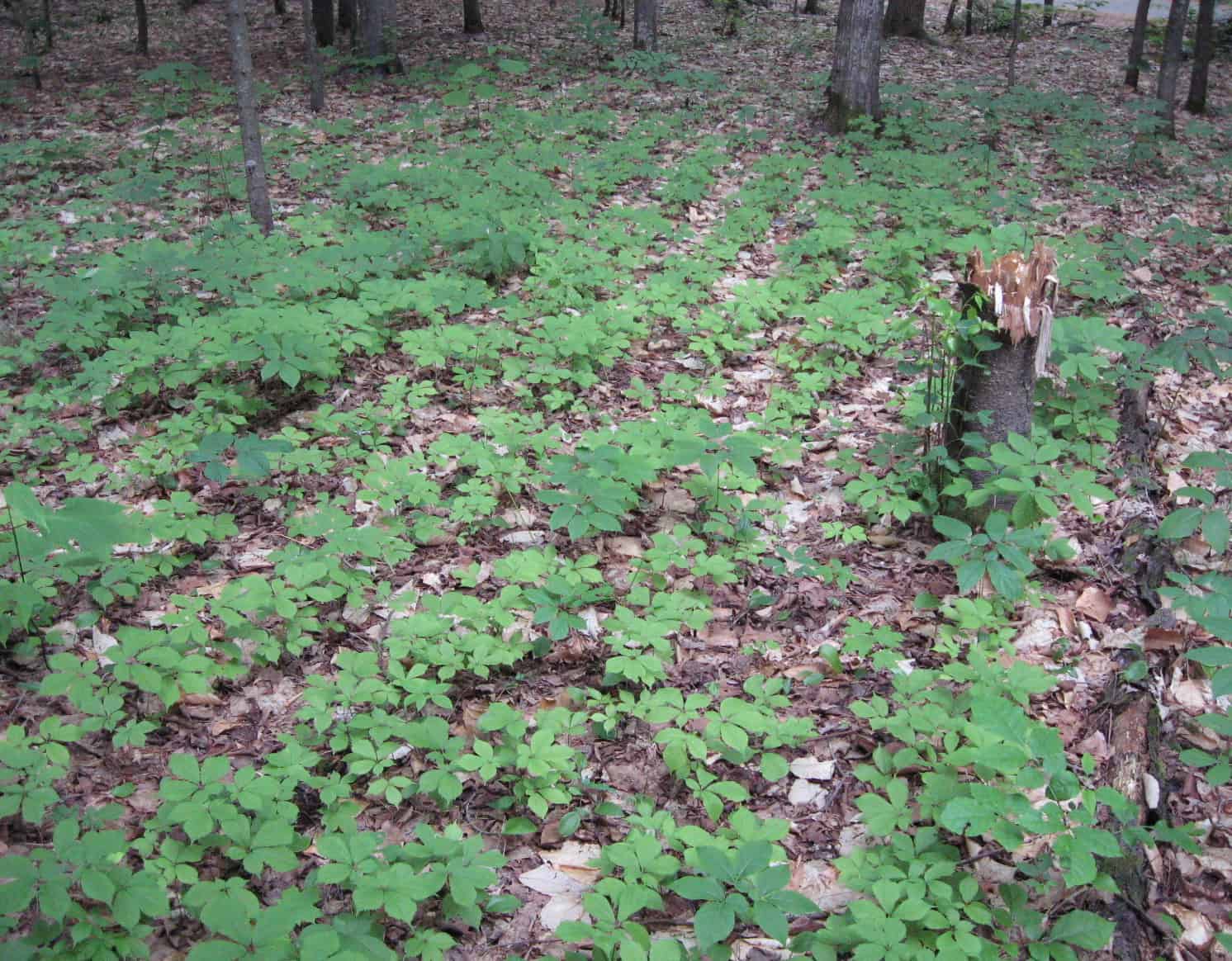
Ginseng is a high-value crop that can be grown in the right type of forest and ample patience on the part of the grower.
Learn how through the series of videos above, and the downloadable guides from former Cornell Extension Educator Bob “Mr Ginseng” Beyfuss.
Resources:
- A Practical Guide to Growing Ginseng is a 25 page booklet that outlines all you need to know to get started.
- The Ginseng Visual Site Assessment helps landowners “score” their woods to see if its a good fit. Click the link for an online tool or DOWNLOAD PDF version.
- Getting Started Right for Successful Ginseng Production is a great article that outlines a process of trialing potential sites for production before committing.
Key Contacts:
Tracey Testo, Agroforestry Resource Center of Greene County, tet35@cornell.edu
Silvopasture
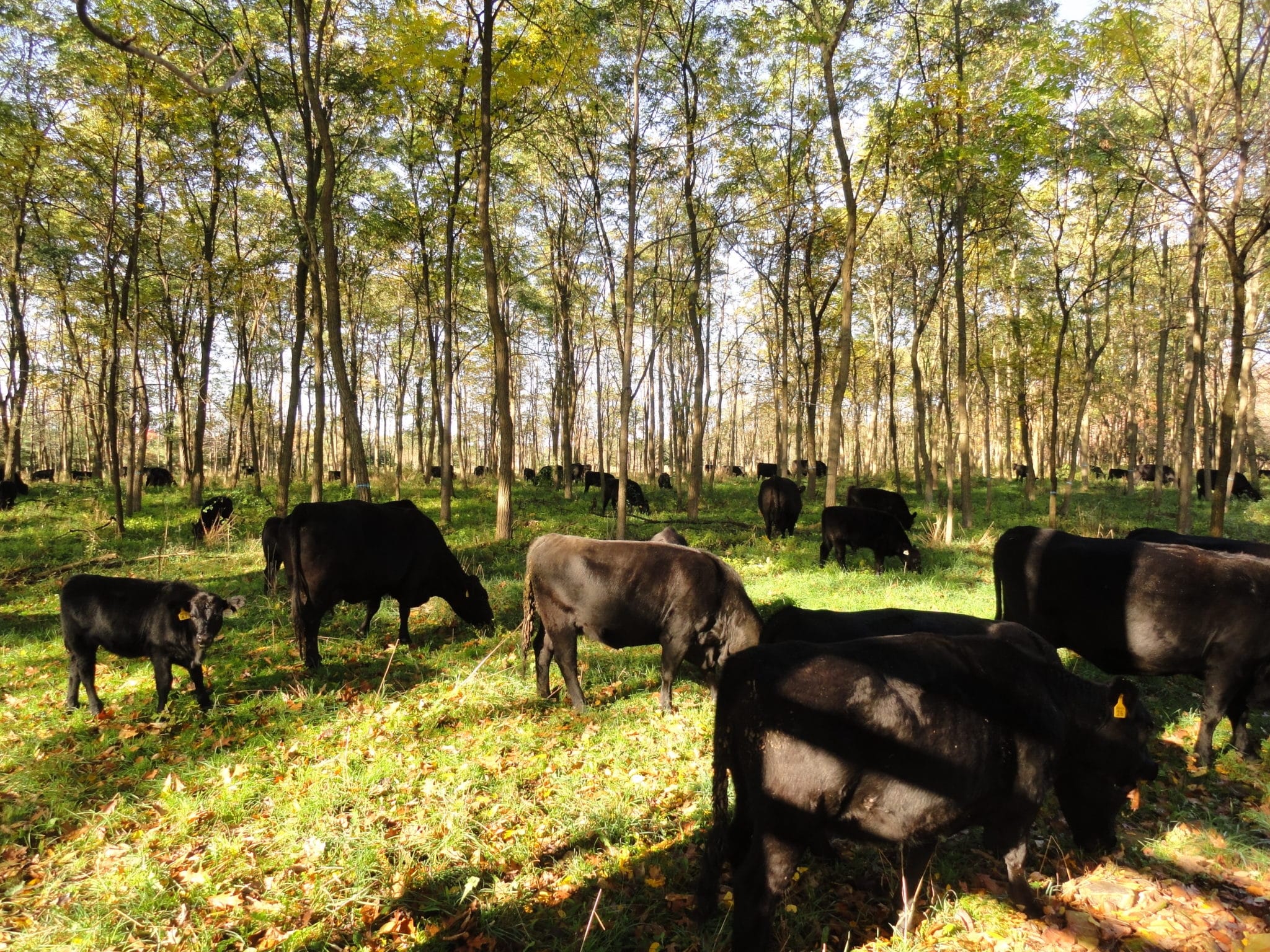
Silvopasture integrates livestock, trees, and forage and can be done in existing woodlots or by bringing trees into pasture settings. There are many variations and options for systems and the resources below offer some starting points.
Resources:
- Silvopasturing in the Northeast is a publication by Peter Smallidge and Brett Chedzoy that outlines the basic principles and approaches to the practice of silvopasture.
- Photo Guide to Northeastern United States Silvopasture by Joe Orifice offers a nice array of examples from active farms demonstrating the wide range of possibilities for silvopasture systems.
- Silvopasture: How to Integrate Pastured Animals, Forage Crops, and Trees in a Temperate Farm Ecosystem, book by Steve Gabriel
Key Contacts:
Brett Chedzoy, Extension Forester Cooperative Extension Schuyler County, bjc226@cornell.edu
Steve Gabriel, Cornell Small Farms Program, sfg53@cornell.edu
Nut Production
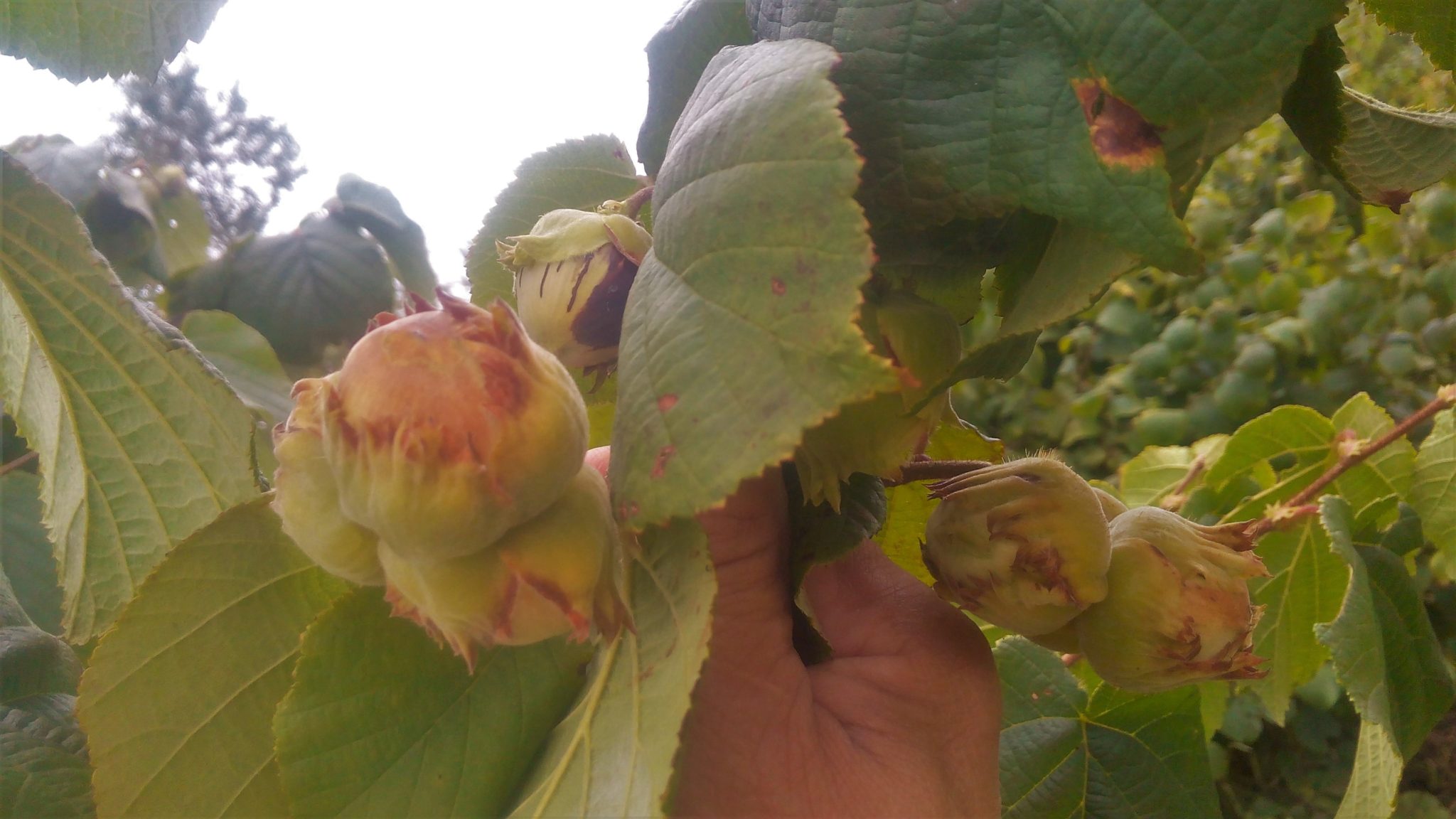
Resources:
- Nuts for Nuts: Seeding a Nut Industry in the Northeast (article in Small Farm Quarterly)
- Hazelnut Trees are Easy! (article in Small Farm Quarterly)
- Resource Guide from Samantha Bosco: peer reviewed publications, nurseries, and more!
Key Contacts:
Sam Bosco, PhD student
Paw Paw
Resources:
The pawpaw (Asimina triloba) is a fruiting tree native to the eastern United States, growing from the Florida lowlands up to the Southern Tier in New York. It is believed that the pawpaw's range is as large as it is because Indigenous Peoples cultivated this tree. Pawpaws have great value as a food crop. They contain 7 of the 9 essential amino acids and are an excellent source of iron and manganese.
Pawpaws used to be a widespread food crop throughout eastern and midwestern states. They were eaten by many during the Great Depression (1929 - 1939). At this time pawpaws gained the nickname "poor man's banana". Pawpaws became less popular in the 1950's, as grocery stores became the place where most people purchased food. Produce buyers for grocery stores showed preference for crops that could withstand shipping over large distances. Marketing by large corporations, such as Chiquita Bananas, made other fruits more popular.
Pawpaws in New York: A Guide on How to Grow and Care for Pawpaws, written by Anya Osatuke, Berry Specialist with CCE Harvest NY, Sean Dembrosky of Edible Acres in Trumansburg, NY, and Marvin Pritts of Cornell University, shares practical information on how to grow and care for pawpaws, based on conversations with growers and researchers in New York State and the information provided by the references cited.
Key Contacts:
Anya Osatuke, Berry Specialist with CCE Harvest NY
Forestry
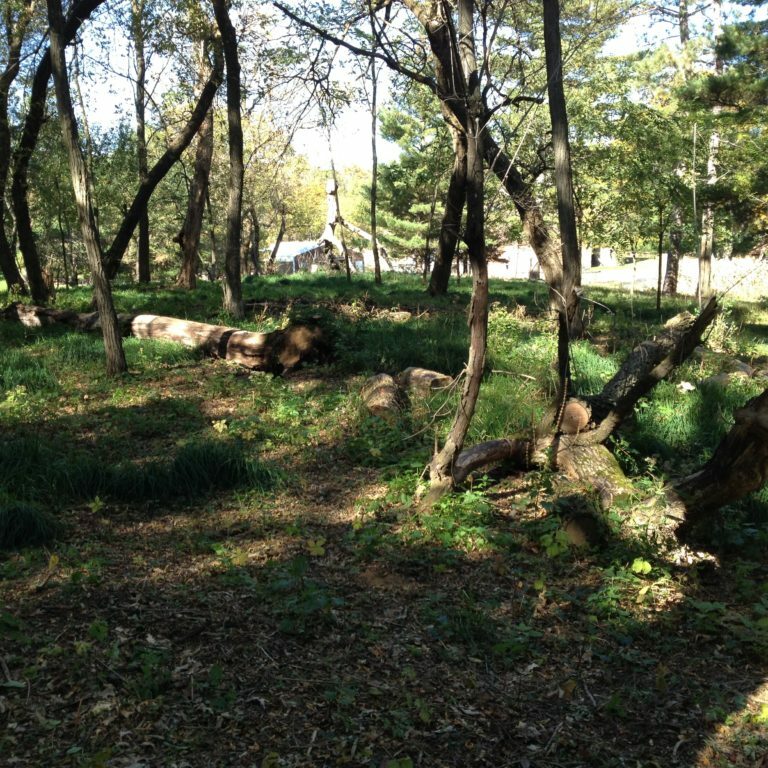
The Cornell Forestry Extension Program includes information for forest owners, educators, loggers, and foresters regarding how best to engage in sustainable production on private forest lands. https://blogs.cornell.edu/cceforestconnect/
Key Contacts:
Peter Smallidge, State Extension Forester, pjs23@cornell.edu
Research and Education Sites
The Cornell Agroforestry effort includes several sites for research and education.
Browse the map or click the links below to learn more.
Arnot Forest - Maple and Forestry Research Site in Newfield, NY
Uihlein Research Forest - Maple Research Site in Lake Placid, NY
Agroforestry Resource Center - Educational site and forest in Acra, NY
MacDaniels Nut Grove - old planting by former Cornell professor, site of classes and hands on events in Ithaca NY
Our Agroforestry Team
The Cornell Agroforestry PWT works to elevate the status of agroforestry and legitimize its application in New York by identifying current practices and creating resources to expand them.
CCE staff across the state are already engaged in this work but it is often extra-curricular. This PWT will identify funding and support to enable more dedicated staff time to agroforestry either through campus of by working collectively to identify and apply for grants.
| Chair | Gabriel, Steve * | sfg53@cornell.edu |
| Chair | Testo, Tracey * | tet35@cornell.edu |
| Member | Bliven, Lynn * | lao3@cornell.edu |
| Member | Bosco, Samantha * | sfb42@cornell.edu |
| Member | Campbell-Nelson, Katie * | kc2233@cornell.edu |
| Member | Chedzoy, Brett | bjc226@cornell.edu |
| Member | Clyne, Ailis * | abc237@cornell.edu |
| Member | Coville, Robert * | rcc277@cornell.edu |
| Member | Cully, Chad * | ccc289@cornell.edu |
| Member | Fournier, Michael * | michael.fournier@usda.gov |
| Member | Gasiewicz, Donald * | drg35@cornell.edu |
| Member | Guillord, Jared * | jag497@cornell.edu |
| Member | Helmholdt, Ashley * | alm443@cornell.edu |
| Member | Herbstritt, Stephanie * | sh2234@cornell.edu |
| Member | Koch, Cody * | timbertrailsforestfarm@gmail.com |
| Member | Kurtz, Erin * | erin.kurtz@usda.gov |
| Member | MacFarland, Kate * | katherine.macfarland@usda.gov |
| Member | Michele Havas, Dana * | dmh353@cornell.edu |
| Member | Savio, Graham * | gs695@cornell.edu |
| Member | Schleppenbach, James * | James.Schleppenbach@usda.gov |
| Member | Shi, Xinyuan * | xc77@cornell.edu |
News and Updates
By Michael Farrell Although many people have heard that you can tap birch trees, very few have actually tried to produce birch syrup, and folks who have boiled down some…
Read Moreby Ken Mudge Forest cultivation of shiitake mushrooms has become one of the most important non- timber forest crops in the Northeast. Well-established methods of cultivation, along with strong market…
Read Moreby Paul Curtis, Gary Golf, and Jason Boulanger Have you ever wondered what it takes to regenerate your forest? Do you think that all you have to do is let…
Read MoreAbout Anu Rangarajan
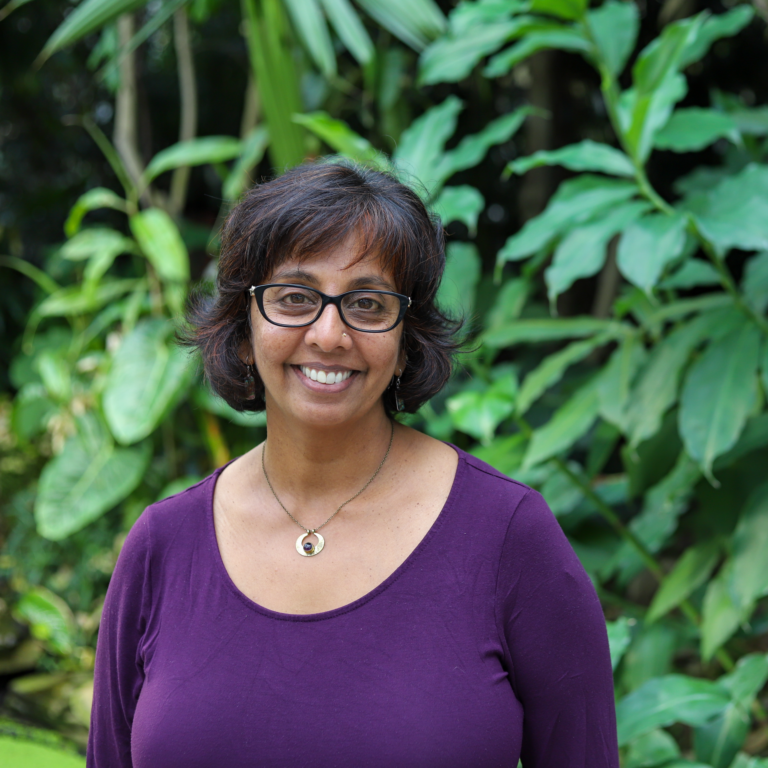
Anu was appointed director the Cornell Small Farms Program in 2004. At the same time, she opened a U-pick strawberry farm in Freeville, NY. The experience of operating a small farm changed her entire approach to research and extension, and deepened her commitment to NY farms and local food systems.
Read Articles by Anu Rangarajan
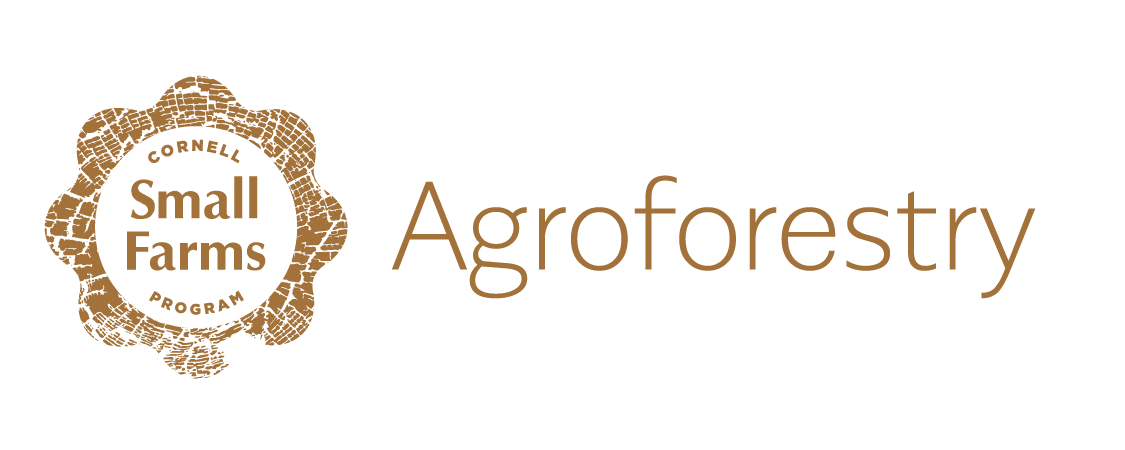
Cornell Agroforestry - Subscribe for Updates and Opportunities
This list-serve provides information and resources to connect small and mid-sized farmers to larger markets such as food hubs, grocery stores, restaurants, online marketplaces and cooperatives. Farmers, educators and prospective buyers are all welcome:

